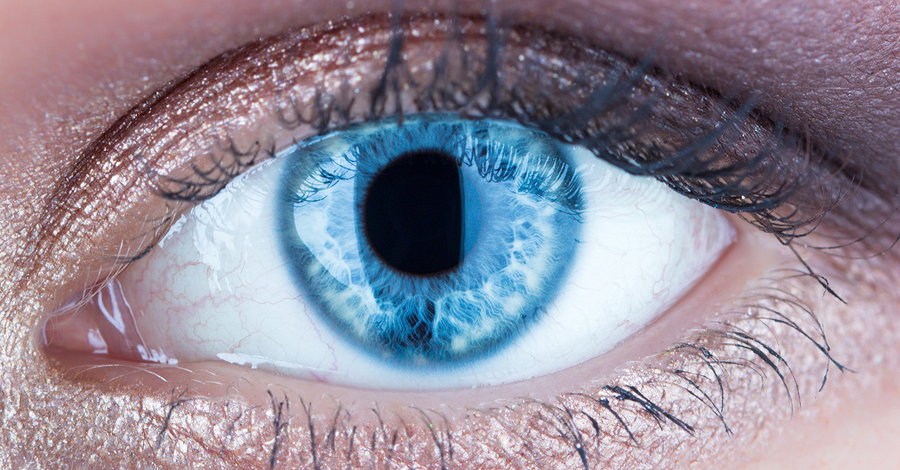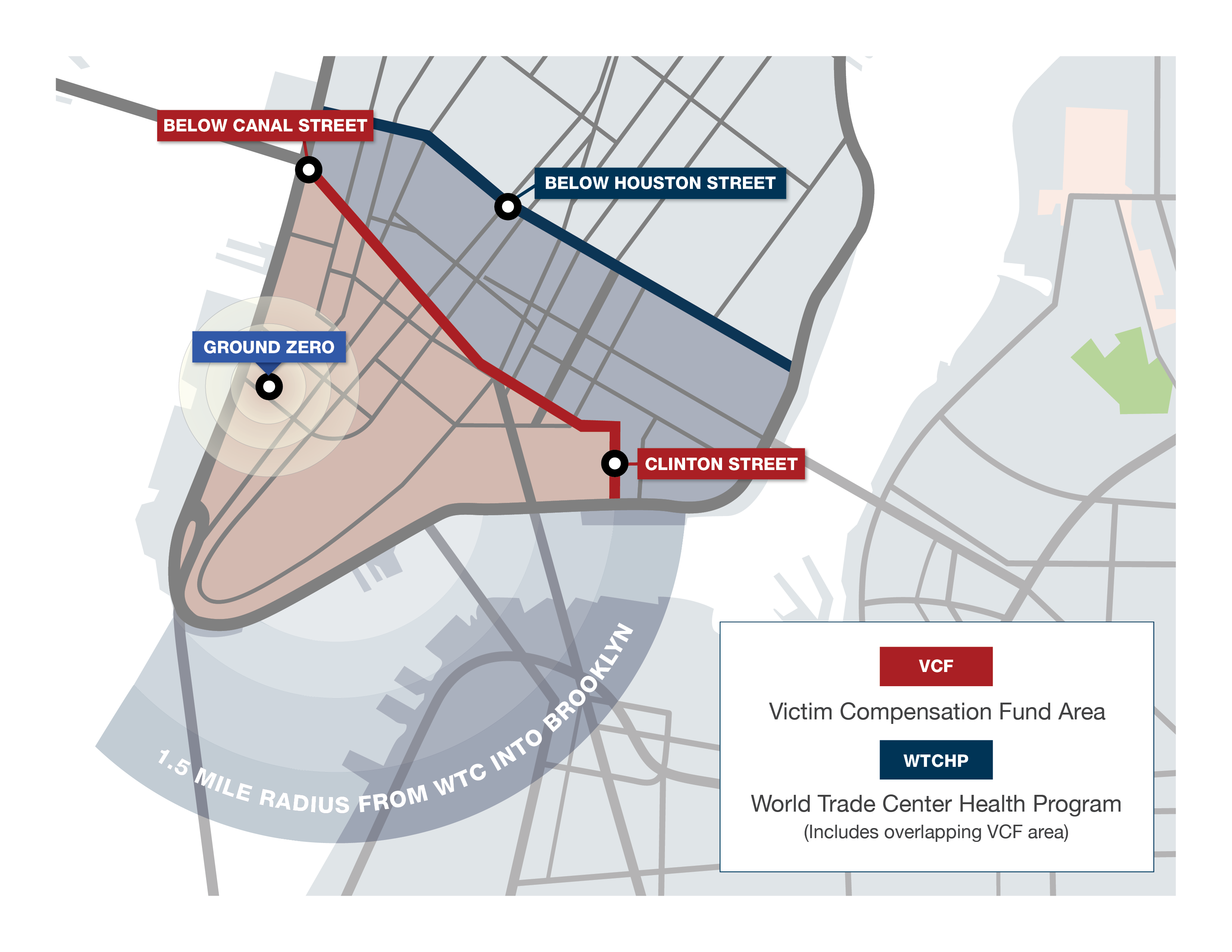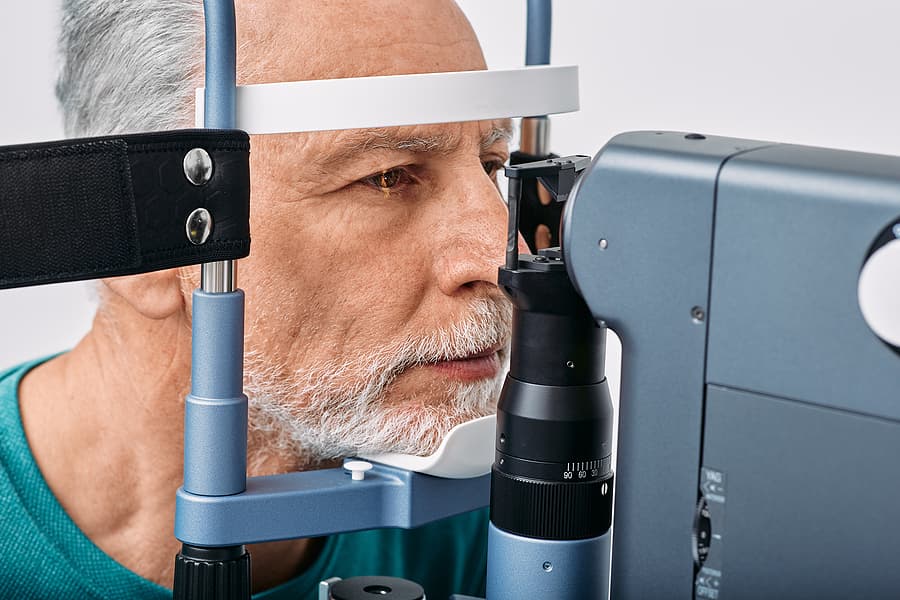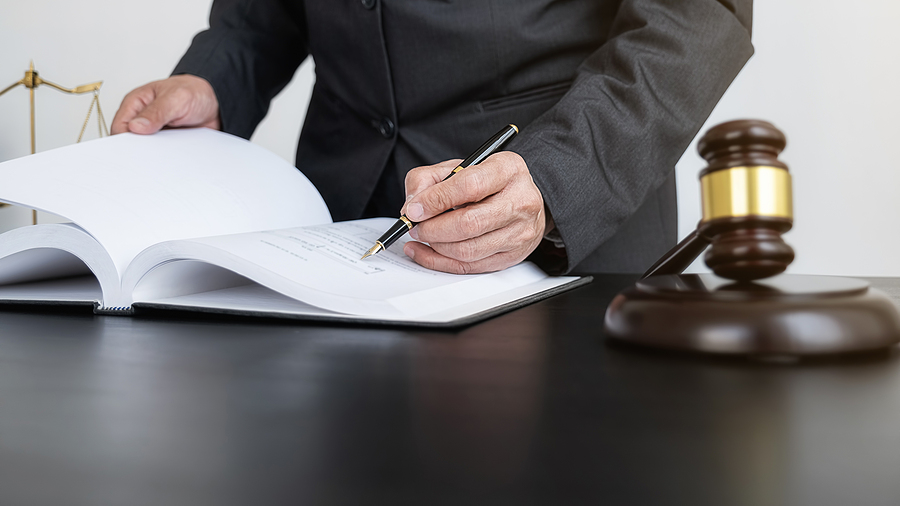Malignant Neoplasms of Eye and Adnexa

After the terrorist attacks of September 11, 2001, many of the victims did not immediately realize the full extent of the damages they would ultimately face, often many years later.
The dust cloud that emerged following 9/11, which rose out of the wreckage of the Twin Towers, exposed an estimated 500,000 people in the surrounding area to asbestos and a wide range of other potentially cancer-causing elements.
Unfortunately, the toxic dust cloud went on to harm a wide range of people: responders who arrived at the scene and attempted to help rescue survivors; survivors of the attacks themselves; and the cleanup crew who worked on the area following the attacks. Not only that, people who lived and worked in Lower Manhattan in late 2001 and the first half of 2002 experienced ongoing exposure to the 9/11 dust and fumes.
Many first responders and downton NYC survivors (workers, residents, and students) report malignant neoplasms of the eye and adnexa, which the VCF designates as a covered condition for victims of the 9/11 attacks, including those who volunteered at Ground Zero and those who lived and worked Lower Manhattan during many months after the attack.
What Are Malignant Neoplasms of the Eye and Adnexa?
Malignant neoplasms, also known as tumors, of the eye and adnexa, or surrounding area, often impact the patient’s vision. These tumors may affect the eye itself, the ocular muscles, or the eyelids as well as the conjunctiva and lacrimal system, the lining, and the protective area around the eye.
With cancers of the eye, doctors usually consider three key areas. The eyeball, or the globe of the eye, has three primary layers: the sclera, the uvea, and the retina. The second area includes the orbit: the tissues surrounding the eye. Finally, the adnexal, or accessory, structures include the eyelid, tear glands, and vital protective structures of the eye. Cancerous tumors can impact any of these areas.
Common Symptoms of Eye Cancer
Patients suffering from eye cancer may first notice a variety of symptoms. Early awareness of those symptoms can have a huge impact on overall cancer treatments, since many types of cancer may have better outcomes if you receive treatment early, rather than waiting until symptoms have an opportunity to progress.
Symptoms of eye cancer can include a wide range of potential changes to both your vision and changes to the structure of your eye, which you, your doctor, or your loved ones may note. If you know that you were exposed to the dust cloud at Ground Zero, monitor changes in your vision closely and mention it to your doctor. That way, you and your doctor can watch closely, then diagnose and treat you quickly if needed.
Vision Changes
Vision changes may offer the first awareness you have that you have a serious problem, including eye cancer. Eye problems related to eye cancer may include problems with your vision, including blurry vision or a sudden loss of vision.
Sometimes, you may notice that you have lost part of your field of sight or that you have floaters in your vision that interfere with your ability to see normally. You may also notice odd flashes of light that seem to come out of nowhere.
Changes in the Look of Your Eyes
Your eyes may change in appearance as a result of an ocular tumor. You may notice a growing dark spot on the colored part of the eye, also known as the iris. The pupil may change in size or shape, and it may look different than you originally thought. You may also notice that your eye changes position within the socket, that your eye bulges, or that it moves differently in the socket than before.
Tumors in the eye often do not cause pain until they advance substantially. Frequently, you may find that these visual changes or vision changes offer the only suggestion you have that you may have a tumor.
Treatment for Eye Cancer
Treatment for eye cancer, like treatment for other types of cancer, may involve several elements. Most of the time, treatment begins with chemotherapy or radiation, much like treatment for any other form of cancer.
In some cases, however, those eye tumors may advance quickly. You may require surgical treatment to remove the tumor or the affected area of the eye. You may lose only a small portion of the eye or, in the case of large tumors, lose the entire eye during surgery. If cancer has grown into the surrounding tissues, those tissues, including the eyelid and muscles, nerves, and tissues, may require removal as well.
Surgery on the eye can, in some cases, cause you to lose part or all of the vision in the eye, depending on the extent of the cancer and the treatment required to remove it. In some cases, people who need surgical removal of the entire eye may choose to use a prosthetic eye to help restore some normal appearance.
What Should You Do If You Suspect You Have Eye Cancer Related to Your Involvement at Ground Zero?
If you participated in the volunteer efforts at Ground Zero, helped with cleanup after the terrorist attacks in any way, or lived, worked, or went to school in Lower Manhattan in late 2001 or for the first seven months of 2002, the steps you take immediately following your awareness of eye cancer symptoms, including challenges like malignant neoplasms of the eye and adnexa, can affect your finances and your future health.
1. See your doctor immediately.
As someone potentially impacted by the 9/11 terrorist attacks, you may have two options when it comes to seeking treatment for eye cancer or any other ailment associated with your involvement at Ground Zero.
First, you may turn to your own doctor for a full evaluation of your symptoms, including a look at whether you may have cancer or if you have another explanation for vision loss or changes in the appearance of your eye. You may want to go directly to an optometrist or work with your doctor for the initial stages of that evaluation.
As someone potentially impacted by the 9/11 terrorist attacks, however, you also have another option: treatment through the WTC Health Program. The WTC Health Program offers treatment for any 9/11-related condition free of charge to the victims of the 9/11 terrorist attacks.
However, you may face a long wait to get in for treatment, especially if circumstances outside your control have created backlogs. If you have already received treatment through the WTC Health Program for cancer or a related condition due to your presence in Lower Manhattan and exposure to the dust cloud, you may have an easier time getting in to evaluate your condition and symptoms.
2. Seek certification through the WTC Health Program.
Once your doctor identifies your cancer, you may need to create a treatment plan. As a victim of the 9/11 attacks, which includes anyone who volunteered at Ground Zero or who lived, worked, or went to school in Lower Manhattan immediately after the terrorist attacks, you have the right to seek treatment (at at least medical coverage) through the World Trade Center Health Program.
However, waiting until you can get in for an evaluation at the WTC Health Program may delay necessary treatment and lead to further complications which, in the case of malignant neoplasms of the eye, could mean that you end up losing more or all of your vision in the affected eye. In the meantime, you may want to begin treatment through a local healthcare provider.
Regardless of where you choose to pursue treatment, however, you will need certification of your condition through the WTC Health Program to pursue compensation for your eye cancer diagnosis. That means you will need to establish:
What diagnosis you faced. In the case of malignant neoplasms of the eye and adnexa, including any eye tumor or cancer diagnosis related to the dust cloud at Ground Zero, you will need to have your condition evaluated by those doctors. You will not need to go back through some of the tests your doctor has already performed.
Were you exposed to the dust cloud at Ground Zero? In general, the people who faced dust cloud exposure at Ground Zero fall into one of two categories: either people who directly volunteered or worked at Ground Zero, or those whose daily lives took them through Lower Manhattan in the immediate aftermath of the attacks.
A 9/11 lawyer can help you show:
- Volunteer records establishing your presence at Ground Zero
- Work records that show that you worked to help remove debris, or that you worked with the rescue teams who responded after the terrorist attacks
- Employment records that show that you worked in Lower Manhattan immediately following September 2001
- School records that show that you went to school somewhere in Lower Manhattan, including a preschool, elementary school, middle school, high school, or college
- Housing records that show that you lived in Lower Manhattan during that time.
Many of the organizations that keep those records were already asked for them. However, if you struggle to come up with the vital records that show that you faced exposure to the dust cloud at Ground Zero and that, as a result, you deserve compensation for your eye tumors, an attorney can help you find those vital records.
3. Get in touch with an experienced 9/11 attorney.
In the aftermath of the 9/11 attacks, it became evident that many people would face substantial medical costs because of those attacks. The 9/11 Victim Compensation Fund provides compensation for the victims of the 9/11 attacks, from those directly affected by the attacks themselves to those who suffered effects and diagnoses (including cancer) even many years after the attacks.
However, successfully seeking and winning an award of compensation through the VCF can prove incredibly complicated. An experienced 9/11 benefits attorney can offer many advantages as you move forward with your claim.
A 9/11 attorney can help you get a better idea of how much compensation you deserve, then apply for it. If you suffered eye cancer because of dust cloud exposure, whether directly at Ground Zero or throughout Lower Manhattan, you may deserve significant compensation for your injuries. An attorney can help break down how your diagnosis has impacted you and what suffering you have faced because of it, then give you a better idea of how much compensation you should expect.
An attorney can help walk you through the process, simplifying and explaining it along the way. Following a diagnosis of malignant neoplasms of the eye and adnexa, you may suffer from visual challenges, including decreased vision or even total blindness. While learning how to operate within those new limitations, you may have a hard time dealing with all the forms that go along with a VCF application.
Even if you do not have serious visual challenges, you may have a hard time navigating the complex array of forms and requirements. An attorney can help walk you through that process and ensure that you fill everything out right the first time, which can reduce the odds that the VCF will bounce your paperwork back as incomplete.
An attorney can help speed up your claim. If you need compensation fast, especially if you will suffer unnecessary hardship because of a lack of funds, an attorney can help speed up your claim by requesting a faster evaluation.
Do you need to file a VCF claim after a diagnosis of malignant neoplasms of the eye and adnexa? You need a 9/11 claim attorney who will listen to your story and help you seek the compensation you deserve.



